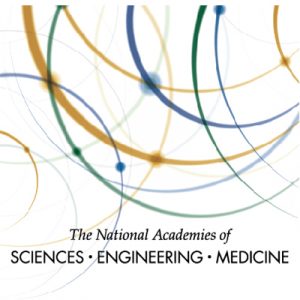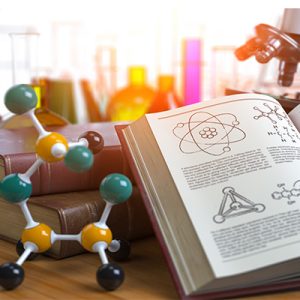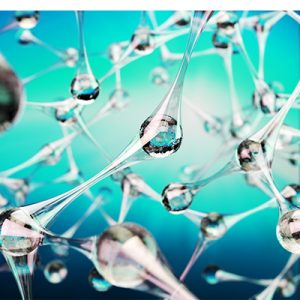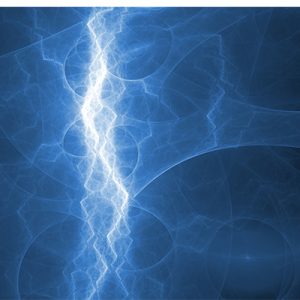 ECS announces a special opportunity for attendees
ECS announces a special opportunity for attendees
Interested in innovation programs at the National Science Foundation (NSF)? The NSF Directorate for Engineering’s Division of Industrial Innovation and Partnerships (IIP) supports programs to accelerate NSF-funded and federally-funded fundamental research into market opportunities, and fosters public-private partnerships to advance technological innovation. IIP invests in high-tech small businesses and collaborations between academia and industry to transform discoveries into innovative commercial technologies with societal benefits.
Meet one-on-one with Jesus Soriano, NSF program director, Industrial Innovation and Partnerships Division, October 15-16 at the 236th ECS Meeting in Atlanta. Reserve your 15-minute meeting here:
Learn more about the IIP programs:



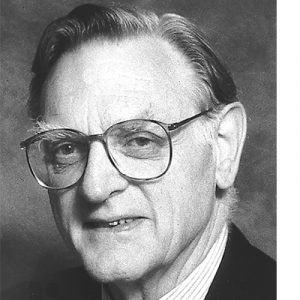
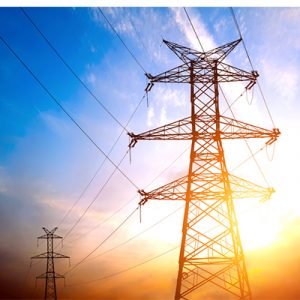
 Ten new issues of
Ten new issues of 